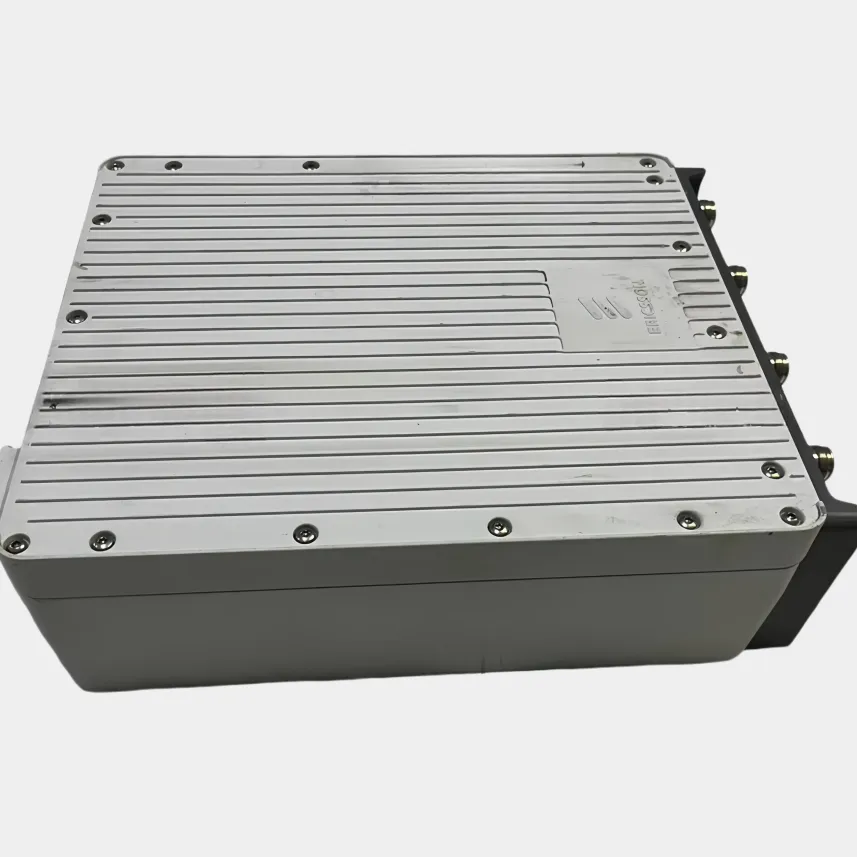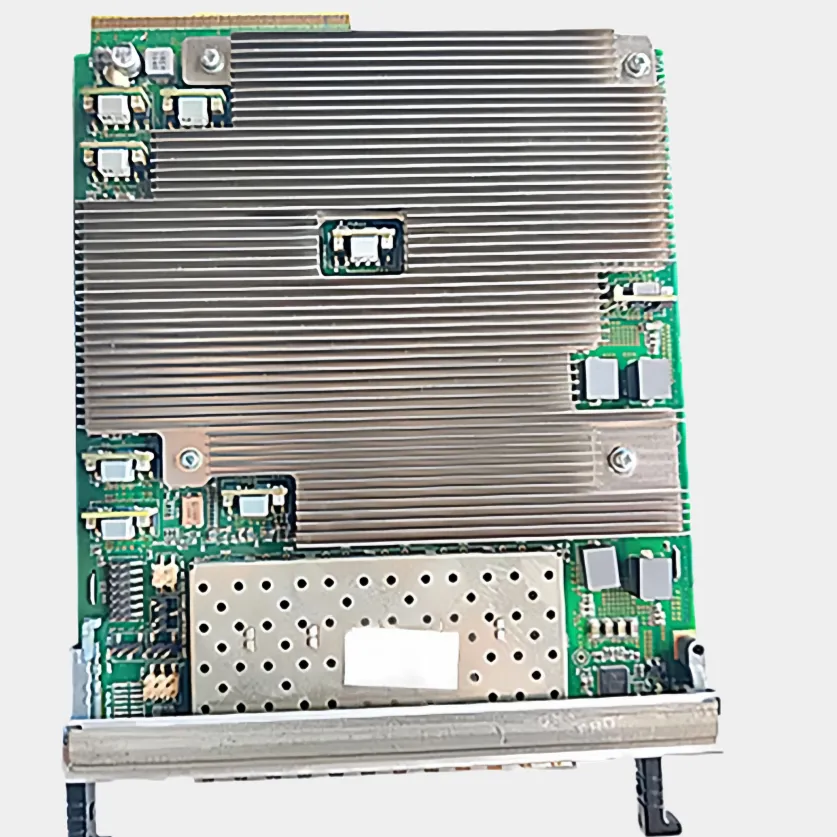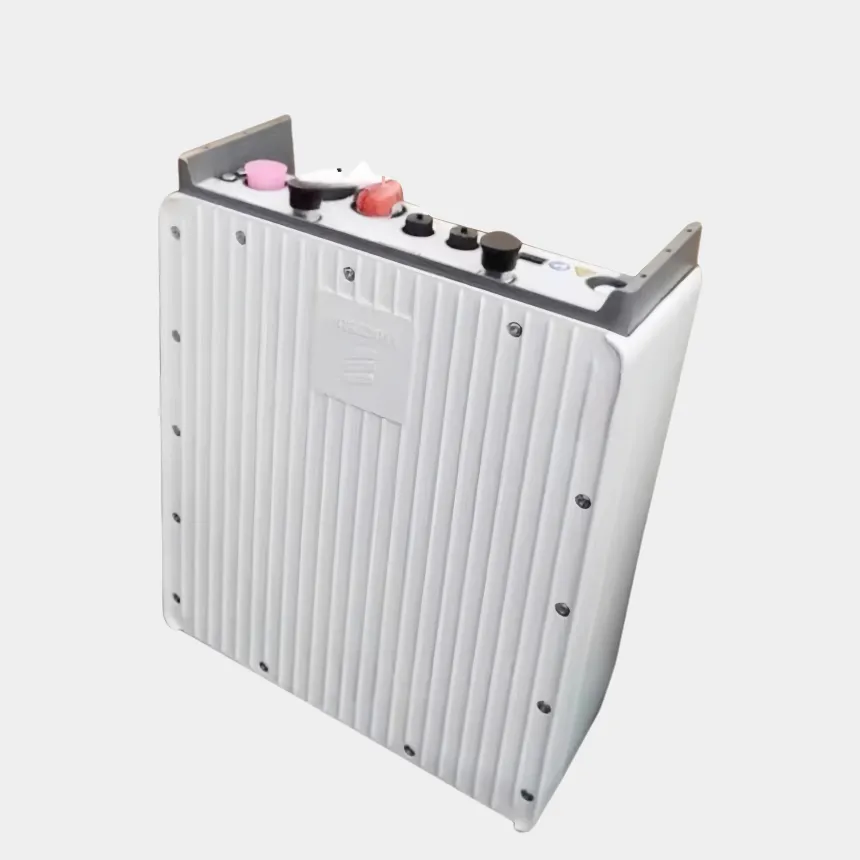Radio Communication Equipment: Core Functions, Applications and Technical Advantages
Radio, a key component in wireless communication systems, enables wireless signal transmission and reception between devices. As a core part of base transceiver stations (BTS), radio equipment works with baseband units (BBU) and radio remote units (RRU) to realize conversion between digital signals and radio frequency signals, ensuring stable operation of mobile communication networks. It supports multiple communication protocols and frequency bands, adapting to 4G/5G network requirements, and is widely used in urban areas, mountainous regions, and other complex environments to expand signal coverage. Radio equipment features high anti-interference capability, ensuring reliable signal quality in electromagnetic-rich scenarios like industrial parks. Its modular design facilitates flexible deployment and maintenance, while low power consumption and high stability reduce operational costs.
Get A Quote


